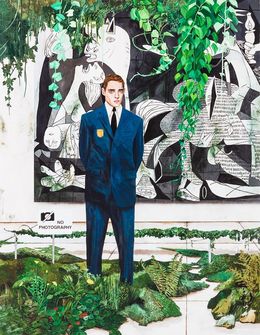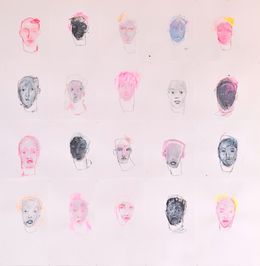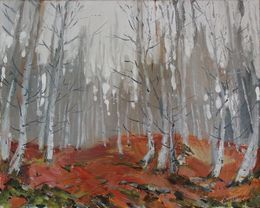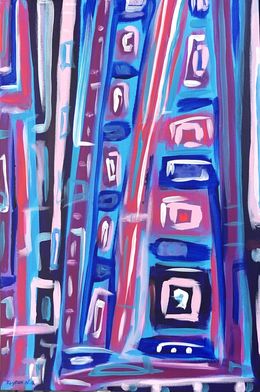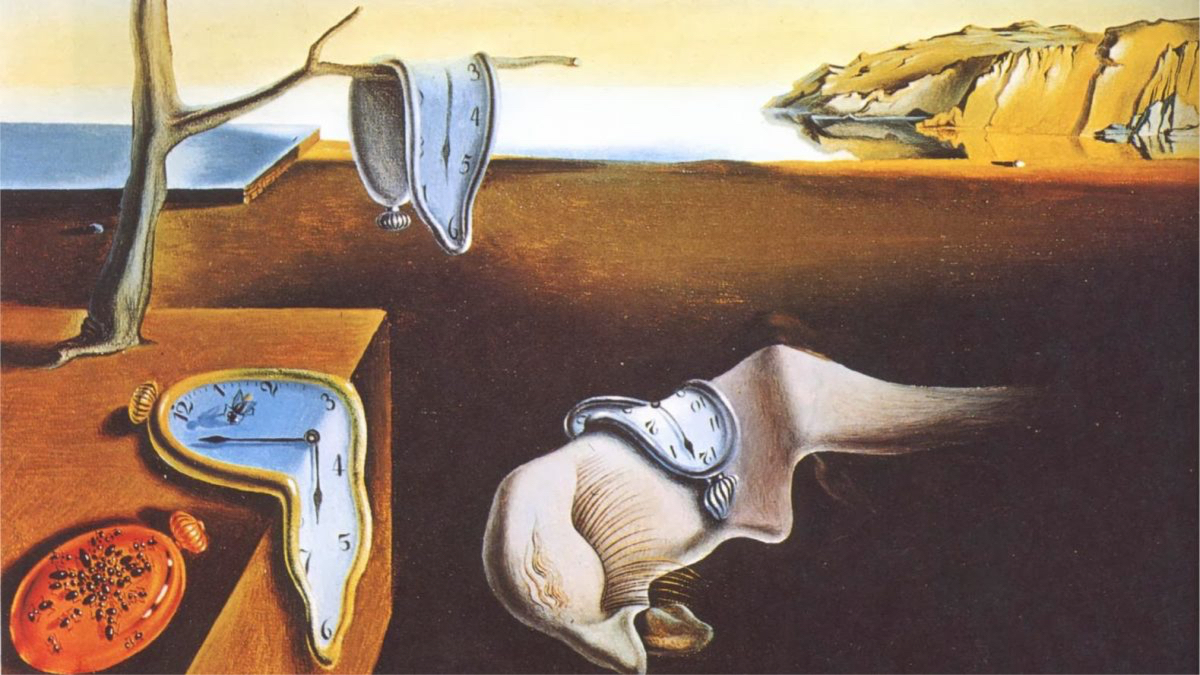
10 Surrealist Paintings you should know

In an era traumatised by the ravages of the First World War, many artists sought to create a new kind of reality to make sense of the world. Particularly interested in psychological theories, Surrealists used their dreams and the subconscious mind to create their art. In this article, discover both iconic and lesser-known paintings that have contributed to Surrealism‘s influence.
1. Salvador Dali, Dream caused by the flight of a bee around a pomegranate a second before awakening, 1944

Although Salvador Dali had a tumultuous relationship with the Surrealist group, the Spanish painter remains one of the most famous Surrealist artists today. The melting clocks in Persistence of Memory are one of Dali‘s most famous and reproduced images, but his surrealist work goes far beyond this painting. For example, Dali’s Dream caused by the flight of a bee around a pomegranate a second before awakening is a remarkable example of surrealist art. The painting’s lengthy title gives a psychoanalytic slant to the artwork. Like many surrealist artists, Dali was fascinated with dreams and Freudian theories of the conscious and subconscious mind. Set in a maritime landscape, Dali depicted a dreamlike scene inspired by one of Gala’s vision, wife and muse of the artist. The vibrant yet imposing atmosphere renders the scene both threatening and inviting.
2. René Magritte, The Treachery of Images, 1928

Magritte‘s humorous painting stating “This is not a pipe” underneath a very realistic pipe raises important points on the discord between language and meaning, especially in the post-WWI era. Words do not mean what they represent, and Surrealist artists enjoyed exploring the deconstruction of language. Magritte‘s images, although simple, trigger startling thoughts. His mixing of text with visuals was quite revolutionary at the time and inspired many conceptual artists in the late 20th century.
3. Leonora Carrington, Self-Portrait

One of the many overlooked female Surrealist artists, the American painter Leonora Carrington was a bold artist. She managed to establish herself as a key figure of Surrealism despite the discrimination of her male peers. Many of the male artists of Surrealism were rather misogynistic. They would solely acknowledge women as a mere sexual desire and object. Thankfully women such as Leonora Carrington depicted the deeper female experience, particularly in male-dominated societies and environments. In this self-portrait, she explores her femininity by creating a mimesis between her and a hyena, relating herself to the animal’s rebellious nature.
4. Joan Miro, Harlequin’s carnival

Harlequin’s Carnival is considered to be one of the major surrealist artworks in Joan Miro’s artistic career. The painting was exhibited during the collective exhibition “Surrealist Painting” in 1925 at the Pierre gallery in Paris. Major surrealist artists such as Giorgio de Chirico, Paul Klee, Man Ray, Pablo Picasso, and Max Ernst also exhibited their work along with Miro. The painting was inspired by the artist’s hallucinations when he was in economic difficulties and struggled to eat his fill. Miro stated himself “I tried to translate the hallucinations that hunger would produce. I didn’t depict what I’d see in my dreams, as the Surrealist often did, but what hunger would produce: a form of trance.” The apparent jumble of random items together is actually the fruit of a meticulous composition, as Miro’s preparatory sketches prove.
5. Max Ernst, Ubu Imperator

The Surrealist artist Max Ernst was radically opposed to academic art and wanted to completely revolutionize people’s approach to arts. Inspired by Alfred Jarry’s absurd theatre play King Ubu, the painting Ubu Imperator represents oppressive power in an ironic and satirical manner. In an empty landscape, the “Imperator” is depicted as an anthropomorphic top, framed in a red armour and with human hands expressing surprise. The top embodies the idea of unstable balance, suggesting authority can be overthrown at any moment. These miscellaneous elements are mixed together to create an absurd and grotesque idea of authority.
6. Kay Sage, I Saw Three Cities
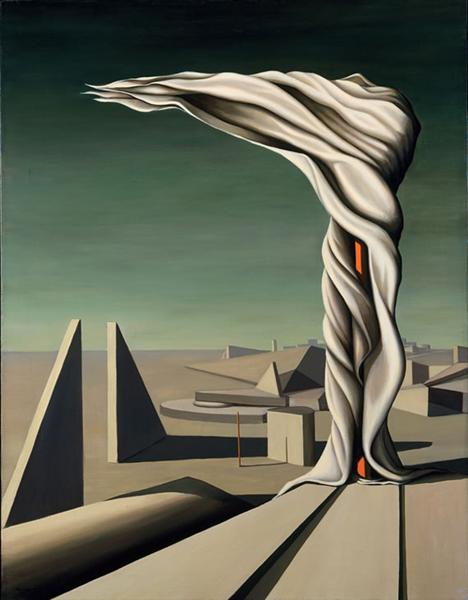
The American Surrealist painter Kay Sage depicted eerie atmospheres, which feel haunting and ghostly. As her painting I Saw Three Cities demonstrates, her work largely differed from the other women Surrealists. Her universe remained obscure, impenetrable and nihilistic throughout her artistic career. In this painting, she mixes the fluidity of drapery, recalling Ancient Greek aesthetic, with harsh geometric shapes. This contrast creates a tension between modernity and classical art.
7. Yves Tanguy, Indefinite Divisibility
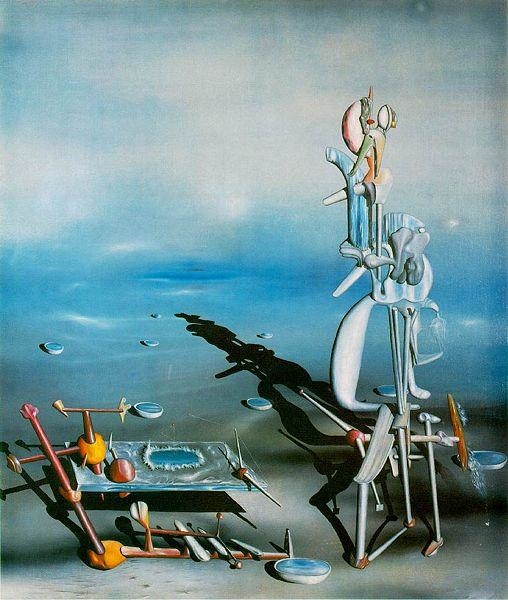
This oil on canvas painting depicts mundane objects gathered together to form what seems to be an artist’s easel. Tanguy would utilise the concept of stream of consciousness in order to create his artworks, as he once stated “the painting develops before my eyes, unfolding its surprises as it progresses.” Tanguy’s painting sought to trigger emotions, rather than communicating specific explanations. Kay Sage was his wife and although they worked independently their characteristic eerie atmospheres have undoubtedly had a mutual influence on their creation.
8. Remedios Varo Uranga, Celestial Pablum

Varo Uranga was a feminist and anarchist Spanish Surrealist painter, associated with the Para-Surrealist movement. She was interested in the ancestral and mystical and strived to create a collective feminine consciousness and free themselves from patriarchal oppression. Varo often denounced how reductive and overbearing associations of women with elements from nature could be. For instance, the painting Celestial Pablum depicts a woman imprisoned in a medieval tower, in the company of a moon who is also in a cage. Women are often associated with the moon to symbolise fertility and motherhood. This is ultimately limiting as it defined what was “good” and “natural” for women. Besides, many of Varo’s paintings are related to the celestial universe, and she believed that art and sciences were deeply intertwined.
9. Giorgio de Chirico, The Song of Love
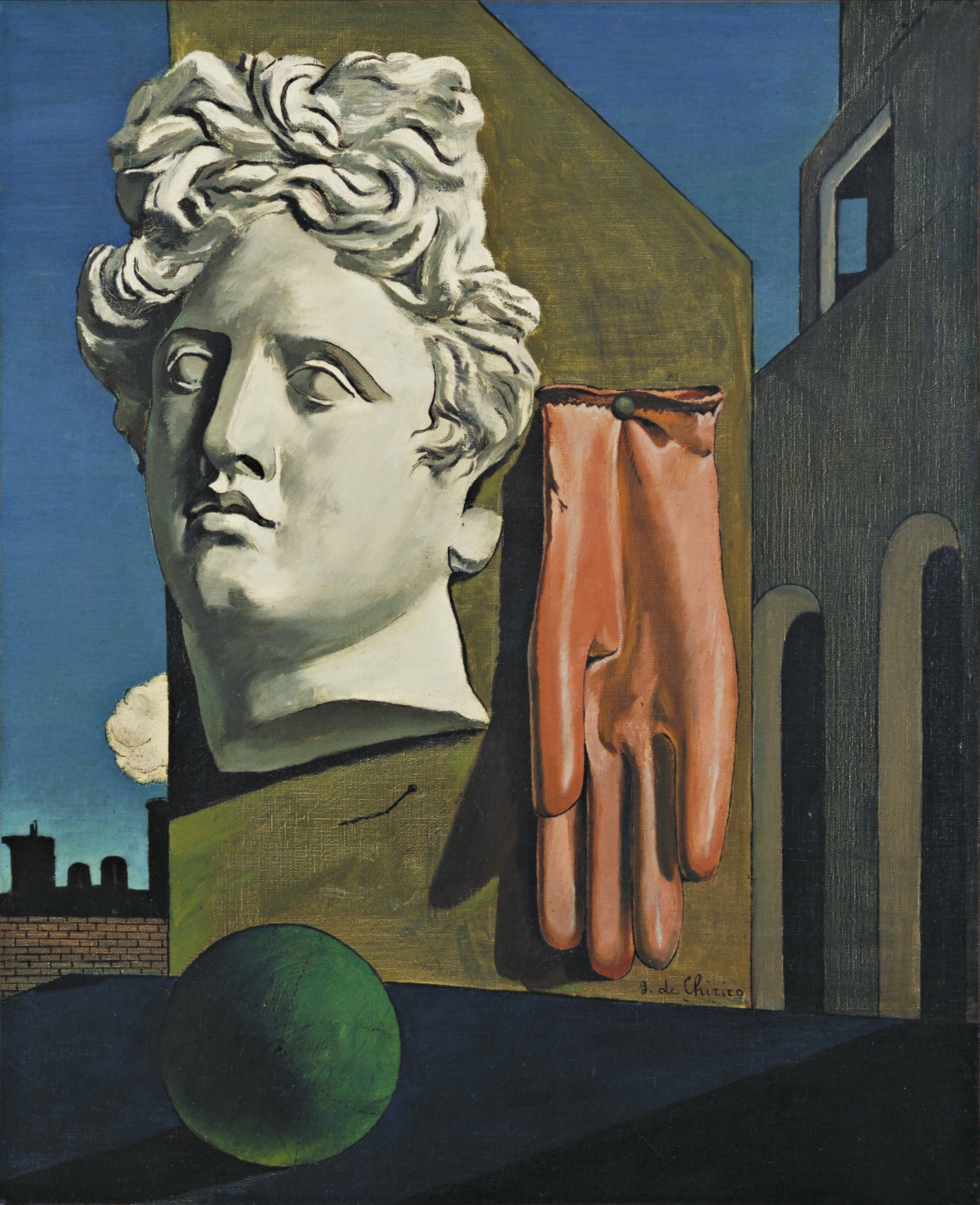
The Italian painter Giorgio de Chirico is considered as one of the precursor of Surrealism and was particularly appreciated by the Parisian surrealist circle. Painted 10 years prior to André Breton’s Surrealism Manifesto, his painting The Song of Love is an early example of surrealist painting. The painting’s surrealist character lies in the mixing of uncanny objects, such as a giant surgeon’s glove with a classical bust mix and a rubber ball to create a sense of mystery. As the term surrealist wasn’t coined at this time, Chirico’s painting was rather defined as metaphysical.
10. Dorothea Tanning, Eine Kleine Nachtmusik
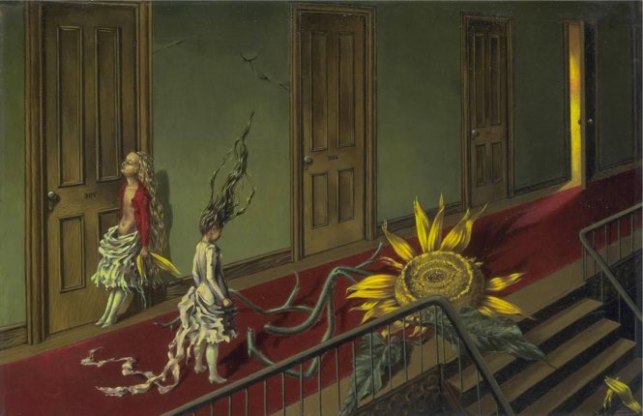
Dorothea Tanning, who passed away in 2012, is finally receiving the recognition she deserves. The Tate Modern in London is currently organizing a major exhibition on the highly versatile female artist. Eine Kleine Nachtmusik is one of her most famous early works and was seemingly inspired by childhood fears and nightmares. Supernatural elements, such as an oversized sunflower that seems animated and life-size dolls create an eerie atmosphere in the dark hotel corridor.
Here you have a selection of 10 of the greatest surrealist paintings. Surrealism is a fascinating movement that gave rise to an entirely new perception of the surrounding world. It continues to inspire artists across all mediums. The artists who engaged with it created universes that opened our eyes to the breadth and depth of the human experience, unlocking new dimensions to explore.

About Artsper
Founded in 2013, Artsper is an online marketplace for contemporary art. Partnering with 1,800 professional art galleries around the world, it makes discovering and acquiring art accessible to all.
Learn more



